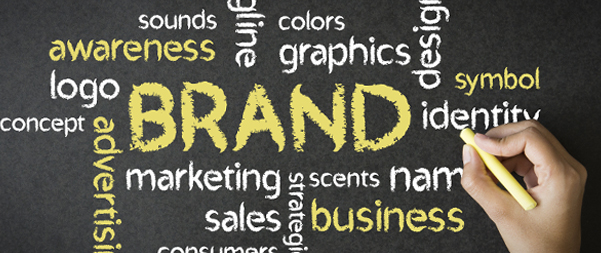Established Brands Beware! Opportunities for Growing Companies!
Conventional wisdom holds that you need to build a trusted brand to get people to spend their money, and that establishing a brand is notoriously expensive. Branding generally includes increasing awareness and name recognition through heavy advertising.
That was then. It can be argued that a fundamental shift is occurring in the way consumers evaluate and purchase products and services.
Customers can now more clearly consider a product’s absolute value, as opposed to its relative values. Relative evaluations are comparisons with another product that is prominent or is placed in front of shoppers on a store shelf or catalog page. But absolute evaluations go beyond those constraints by using the most relevant information available about each product and feature – and absolute evaluations usually produce better answers.
Absolute valuations are now possible because technology provides much more powerful tools to gather information and process it to assess the quality of products and services. A recent example of this is Angie’s list, where consumers in a cohort share their experiences and evaluations of residential service providers. A somewhat old example is the way aggregation tools were applied to airline tickets. Prior to the 1990’s, a customer had to call an airline or, early in the Internet age, go to a single airline’s website to inquire about a flight. This search was limited to looking for airlines that the customer was familiar with. Conducting comparisons was very challenging. Aggregation sites like Kayak vastly improved the process because customers could determine the absolute value of an airline’s flight schedule and price by comparing alternatives side-by-side. Other aggregation tools, advanced search engines, reviews from other users, social media and access to experts enable consumers to make better decisions without having to rely on relative evaluations.
Absolute value in this context does not mean the best option; rather, it means the “good enough” solution that can vary depending on the individual consumer’s subjective preferences. The point is that customers can more easily determine the absolute value of something – and get closer to knowing what their experience will be with an individual product.
In the past, consumers used their own experience with a brand as a key quality proxy. They might reason the following: “In the past, I used Brand X. It was pretty good.” Their reference point was used to conclude that selecting Brand X has limited risk. But currently, when technology enables quality to be more quickly and objectively assessed, customers will be less hesitant to try something new. This enables newer brands to lower the barriers to entry and gain a foothold, at the expense of established brands with lower absolute value.
What helps support this conclusion are these two findings: 30 percent of U.S. consumers start researching products on Amazon and study reviews, with the average online shopper consulting more than 10 information sources prior to making a purchase. Brands, especially those that convey prestige, status and emotions, will continue to be of value. But, in realms where objective, specification-based quality is important – and can be assessed and communicated — relying on a brand may not be as reliable a market signal as it once was.
(Based on “Is Tech Eroding Consumer Loyalty,” Strategy+Business. Summer 2014)


